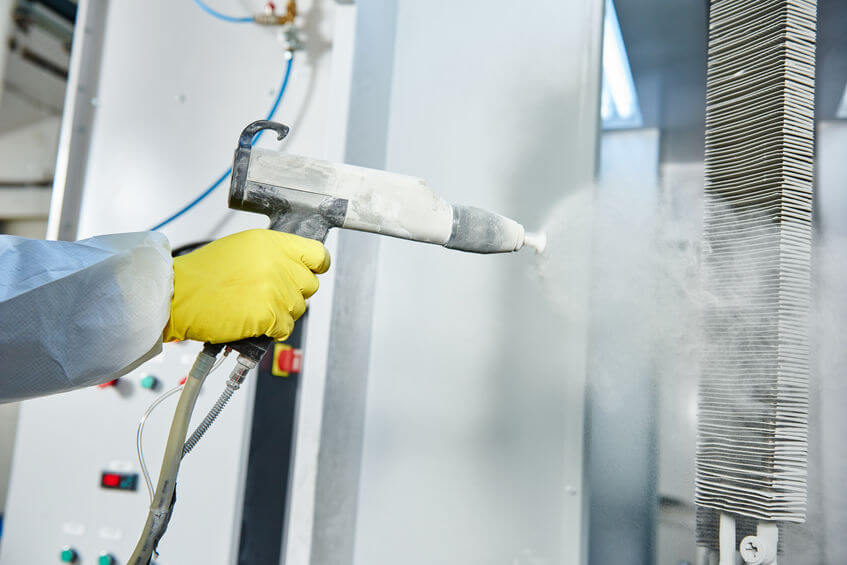Because of the remarkable properties of polymers, they are used in various areas of applications, even in areas where they risk quickened degradation. For instance, polymers that come in contact with metals like copper in cabling, electronics, and electrical applications are at constant risk of degradation. An example of such a polymer is EPDM. The metals are catalysts for polymer degradation, shortening the lifespans of the polymers.
Thankfully, we have polymer additives like metal deactivators that protect these polymers from the degrading actions of metals. And although metal deactivators are used in other areas of applications that don’t involve polymers (such as, oil and gas), this piece talks more about the metal deactivating agents in polymers.
We’ll discuss:
- What metal deactivators are.
- How metal deactivators work.
- Shipping bulk liquid metal deactivators
- The best way to ship bulk liquid metal deactivators.
And without further ado, let’s head straight to it.

What Are Metal Deactivators
Metal deactivators, or metal deactivating agents (MDA), are surface-acting compounds that protect polymers from degradation through metal ions, mostly by deactivating these ions. When they are used as fuel or oil additives, metal deactivators prevent metals from destabilizing the fluids in which they are added through the formation of chelate complexes that render the metal ions inactive.
How Metal Deactivators Work
Before we describe how metal deactivators work, let’s mention how metals lead to the degradation of polymers.
Polymers naturally tend to degrade in the presence of oxygen. This is called the oxidative degradation of polymers. When polymer oxidation occurs, oxidation products, such as alcohols, aldehydes, acids, hydroperoxides, and ketones form. Conditions that could speed up or enable this oxidation process are often heat and catalyst. And two common catalysts responsible for this condition are metal ions and metals.
But there are areas of applications where we have to expose these polymers to harsh polymer degrading conditions out of necessity. An example is in cabling and electronics, where polymers come in direct contact with metal conductors and often get hot from use. And in these situations, we fortify the polymers with metal deactivating agents.
On introduction to polymers, metal deactivators operate on the interface between the metal and the polymer. There, the polymer additive takes the place of the polymers and reacts with the metal ions. The reaction then births the formation of inactive complexes that inhibit the formation of hydroperoxides. This way, the metal ions can’t catalyze an oxidation process, and the polymers don’t suffer hasty destabilization.
Some of the most common compounds used as metal deactivators are chelating agents — chemicals that bond with metal ions. Thus, rendering the metal ions mostly inactive.
Here is a video Describing some of the risks of using Metal Additives in Gear Oils.
Video Credit to: Noria US.
Shipping Bulk Liquid Metal Deactivator
Being industrial chemicals used in large volumes, metal deactivators are best shipped in bulk. But this shipping can be tricky because of the conditions that surround the bulk shipping of hazardous chemicals, which many metal deactivators are. This brings us to how to ship metal deactivators in bulk.
How to Ship Bulk Liquid Metal Deactivators
Here are some of the most important things to consider when shipping bulk liquid metal deactivators:
1. The Hazard Classification of the Metal Deactivator
The very first thing you need to know is whether the chemical you’re shipping is hazardous or not. If it isn’t, it’s a smooth ride. All you have to do is to load your chemicals from the supplier, coast along the highway till you get to your destination. However, it isn’t as straightforward for the shipping of hazardous metal deactivators.
The shipping of hazardous materials is plagued with a lot of rules and regulations set by several regulatory bodies, such as the US Department of Transportation (USDOT). One of these rules is the regular training of anyone who is to come in contact with the hazardous chemical, from its loading to its transportation, and offloading.
These regulations attract hefty penalties from the regulatory bodies when you fail to adhere to them, but that is just the best-case scenario. In the worst-case scenario, failure to follow the safety measures that accompany the shipment of hazardous chemicals could lead to the wasteful loss of lives and properties.
2. The Physical and Chemical Properties of the Metal Deactivator
Next to knowing the hazard classification of your metal deactivator is understanding the chemical and physical properties of the substance. Knowing these properties helps you choose the best shipping conditions for the metal deactivating agents. Some reasons you should know the properties of the metal deactivators you’re shipping are:
- Shipping conditions, such as in-transit temperatures and level of agitation can be defined. Chemicals that don’t react well under agitation must be shipped in tankers that are just the perfect fit for the volume being shipped.
- Some chemicals should not be shipped on the same cargo as some other kinds of chemicals. This may enable some unintended reactions that may lead to some catastrophic consequences.
- Also, some chemicals should not be shipped on the next one to two cargoes after the shipping of other chemicals.

Shipping Bulk Liquid Metal Deactivator with Total Connection
Total Connection is a logistics company that has been in the business of transporting all kinds of industrial chemicals for almost three decades. Our expertise and experience have helped us serve hundreds of clients across various industries with an incredibly high satisfaction rate. We owe this success to our consistently flexible, efficient, and affordable services.
When you contact us, we don’t give you a rigid, one-size-fits-all list of quotes for each chemical shipment and leave you to determine which one is best for you. Instead, we walk you through the shipping process by offering you solutions that are peculiar and tailored to your business alone. We then show you ways you can cut costs and enjoy an affordable bulk liquid metal deactivate shipping.
Contact us by filling the quote form below, and you would be putting yourself up to a more efficient supply chain for all your logistics need.












